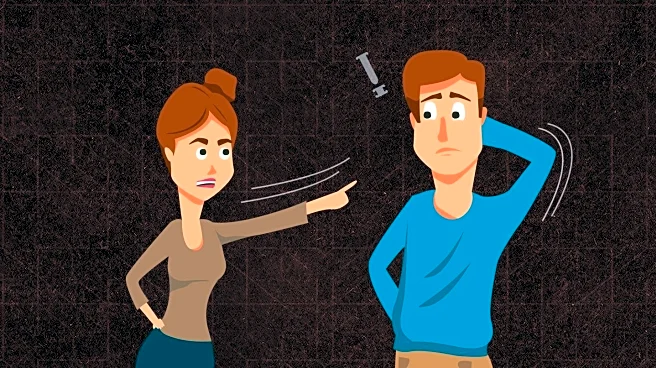What is the story about?
What's Happening?
Passive-aggressive behavior can manifest in subtle ways, such as backhanded jokes or curt texts, leaving individuals uncertain about the underlying issues. Experts suggest that this behavior often stems from a fear of direct communication. Fanny Tristan, a psychotherapist, notes that people may resort to passive-aggression when overwhelmed or afraid to express their feelings. Strategies to manage such interactions include considering the context, avoiding passive-aggressive responses, asking for clarification, and addressing specific actions rather than attacking the person.
Why It's Important?
Understanding and managing passive-aggressive behavior is crucial for maintaining healthy relationships and effective communication. This behavior can lead to misunderstandings and stress, impacting personal and professional interactions. By employing expert strategies, individuals can foster clearer communication and reduce tension, promoting a more constructive dialogue. This is particularly relevant in environments where collaboration and teamwork are essential.
What's Next?
Individuals can apply these strategies in various settings, from personal relationships to workplace dynamics. By addressing passive-aggressive behavior constructively, people can improve communication and reduce conflict. This approach may also encourage those exhibiting passive-aggressive tendencies to express their feelings more openly, leading to healthier interactions.
Beyond the Headlines
The discussion around passive-aggressive behavior highlights broader psychological and social dynamics, including the importance of emotional intelligence and the impact of communication styles on relationships. It also underscores the need for awareness and education on effective communication techniques to navigate complex interpersonal situations.
AI Generated Content
Do you find this article useful?











